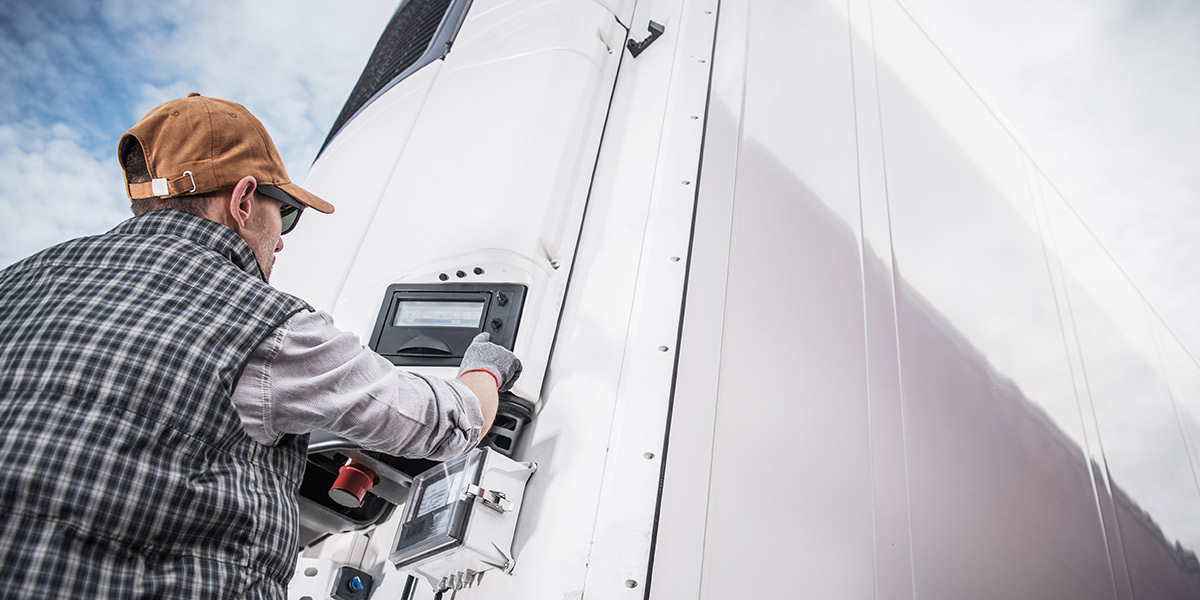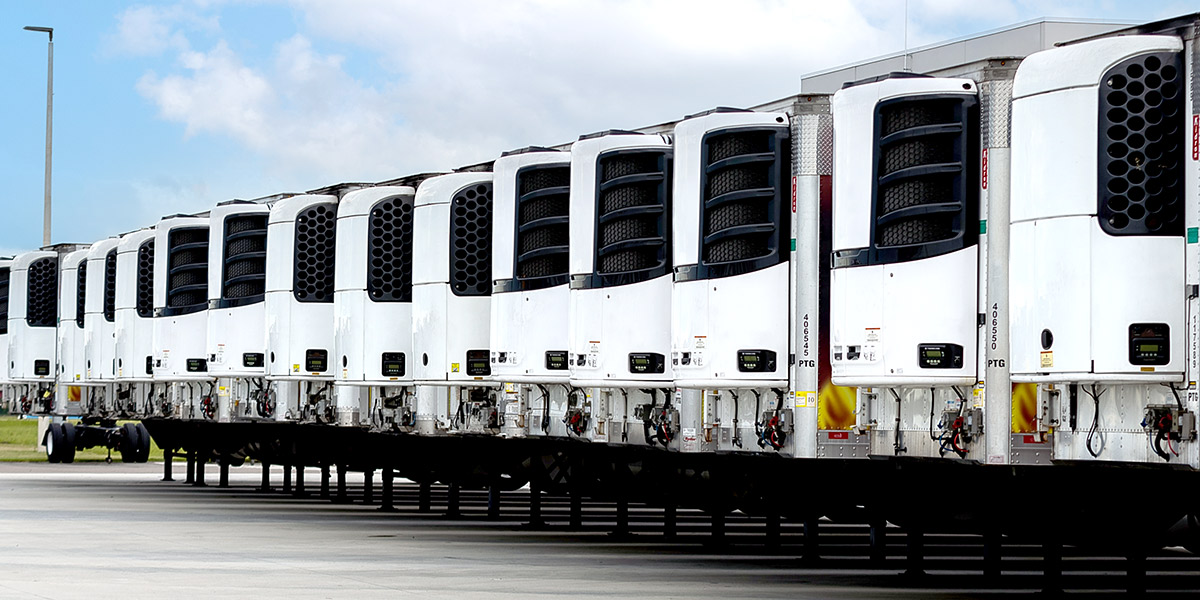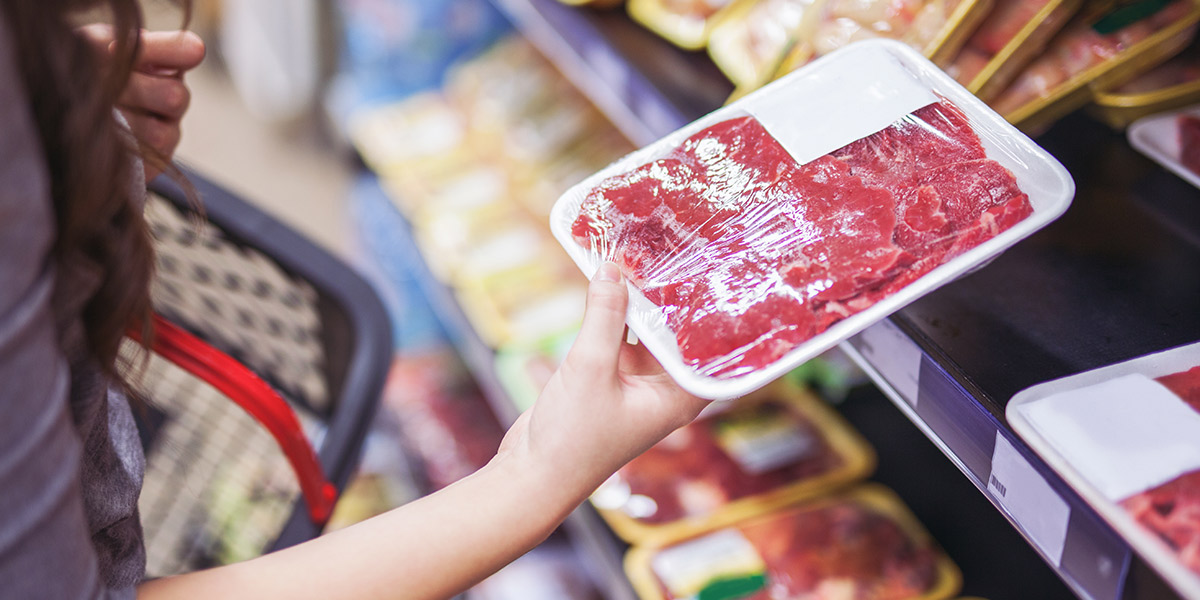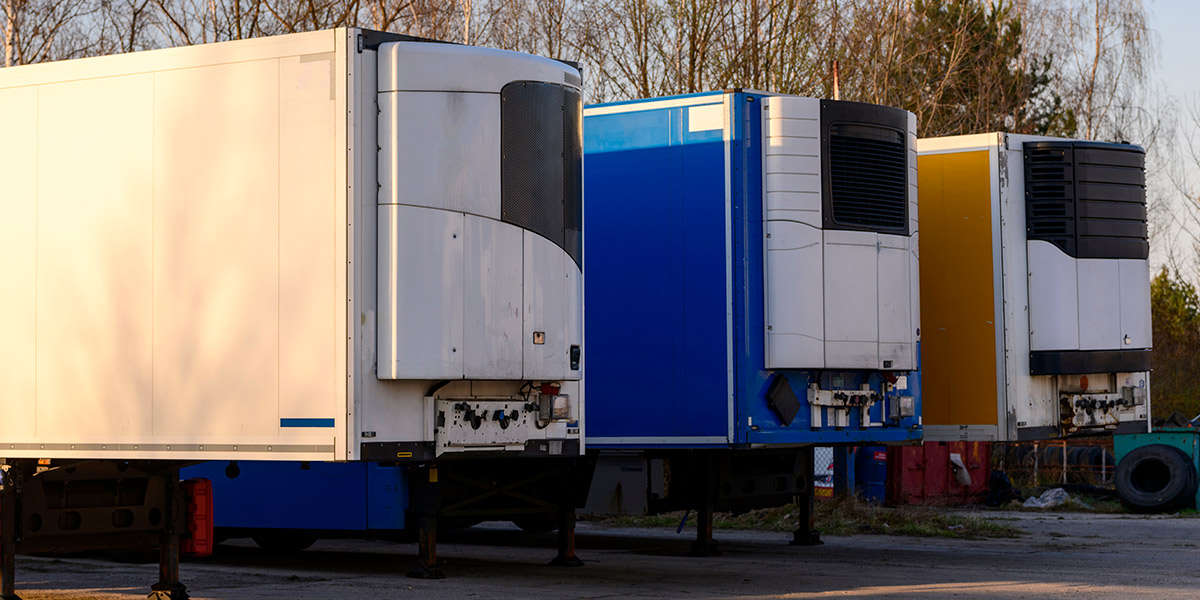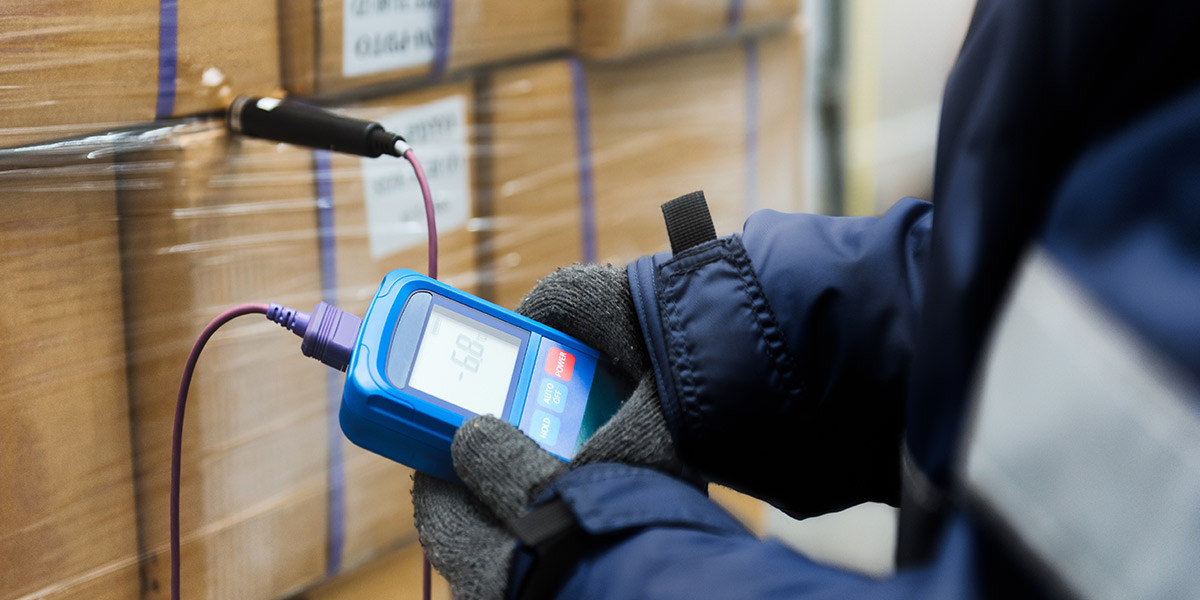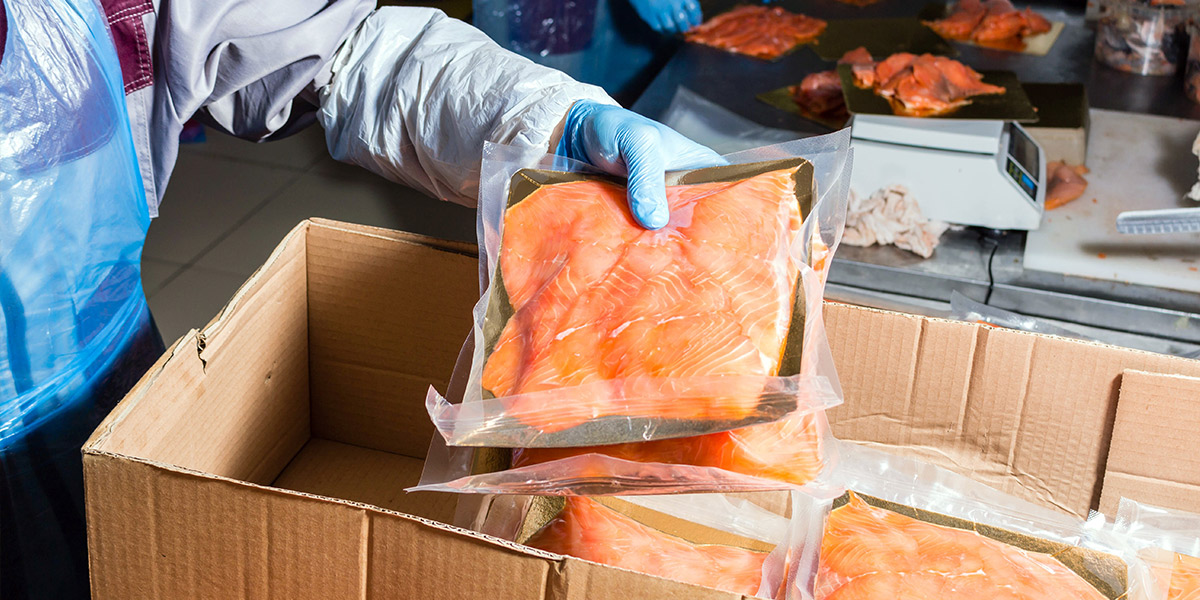As locally and domestically sourced food becomes a more cost effective and less risky alternative, don’t let failing to comply with FSMA eat into your savings.
Over the past few years, snags in the global supply chain – and the sky-high prices that accompanied them – led many businesses to re-evaluate their own supply chains. These included those in the food industry that had long taken for granted that importing food was a business necessity. Now that they understand sourcing food globally is subject to real risk, many are opting to buy from farms closer to home.
While the ability to minimize the risk of broken links in the supply chain is a clear advantage to sourcing food locally and domestically, there are also cost savings to be realized. But saving money isn’t always a given. It can require making smart investments in equipment and technology.
This is especially true when it comes to safely and compliantly transporting food.
Overlooking Gaps in the Cold Chain
Keeping food at a safe temperature and remaining FSMA compliant while transporting it has always been critically important. But the reality is that many companies still overlook potential gaps or risks within their cold chain. These can include failing to adequately monitor food and ambient temperature, not ensuring safe temperatures when food is left unattended or with a third party, not ensuring reefers are performing as they should, and not properly training drivers and others on safe practices.
Overlooking these gaps is not the same as looking the other way, of course. Companies in the food industry almost without fail want to do the right thing while ensuring food makes it safely to consumers. But when they don’t address gaps, they run the risk of wiping out any cost savings they may have realized from buying food from a cheaper source.
Protecting costs savings requires that you do the following:
Take temperature monitoring seriously. Hoping or assuming you are compliant and doing enough to ensure food safety and avoid costly spoilage is not a strategy you can afford. Accept that you may likely have gaps, be realistic about identifying them, and determine what it will take to close them.
Invest in a comprehensive safety net. Technology, in the form of affordable and easy-to-install sensors that can be connected to a powerful telematics system, takes the “hope” and guesswork out of temperature monitoring. These sensors can capture real-time readings from environments across your entire cold chain to ensure compliance. The temperature data also can exposure vulnerabilities in your food safety net.
It’s important to remember that a safety net with holes in it isn’t good enough. Ask yourself this question: Is there anywhere or any time during the journey from farm to fork that we aren’t accurately monitoring food temperature? If the answer is yes, you need to increase your technology investment to make sure all your bases are covered.
Don’t overlook the human element. With the right temperature monitoring infrastructure in place, your food safety and compliance efforts are almost foolproof – almost. You need to reinforce your technology investment by ensuring your people understand their critical role. Education, training, and ongoing communication can help make sure the people handling the food you transport and operating your reefers and other equipment always focus on food safety.
Preserving Food – and the Ability to Pivot
Ocean freight rates, fuel costs, and other transportation costs are perpetually unpredictable and in flux. You can’t control them. But by focusing on what you can control – keeping food safe in transit and remaining compliant – you make it possible to pivot your business, as needed, to operate more cost efficiently.
You also make sure that the money you save isn’t lost because of the absence of the right temperature monitoring infrastructure.



